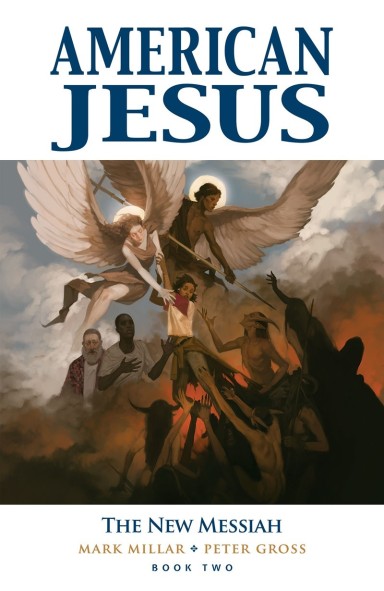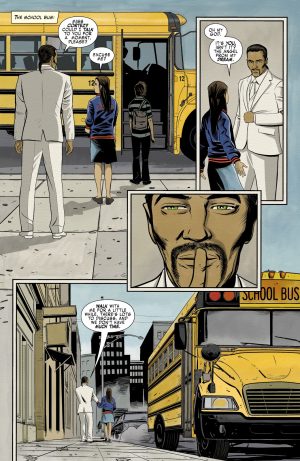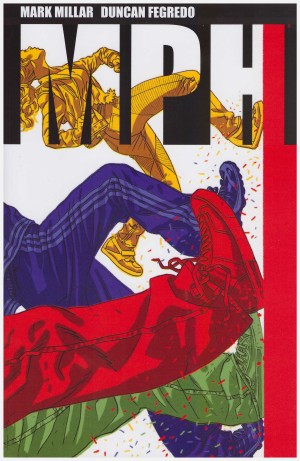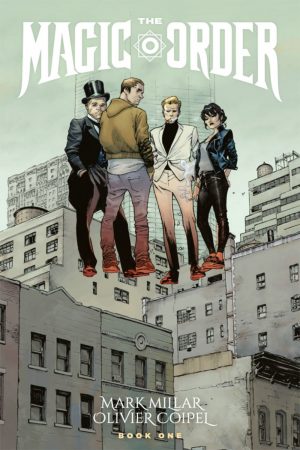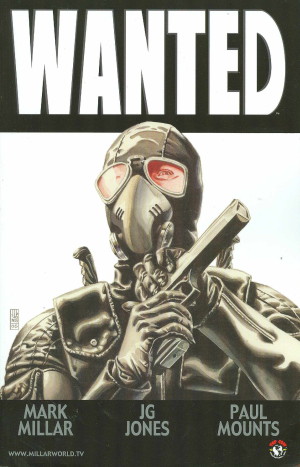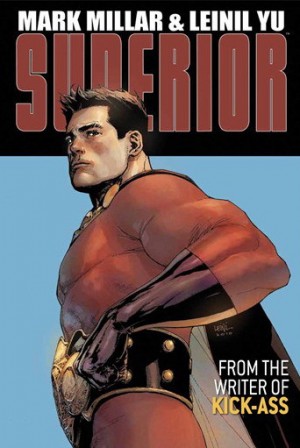Review by Frank Plowright
The theme of American Jesus was explored among Mark Millar’s earliest professional work, which had the idea of the Son of God returning to Earth in what was then the 20th century. It was reworked for American Jesus: Chosen in the company of artist Peter Gross, and The New Messiah approaches the idea from a different angle, starting with fourteen year old Luciana in 1974 and her virgin pregnancy. She’s been dreaming about talking with an angel, and once it’s confirmed she’s pregnant he turns up in reality warning of dire consequences. Some conspiracy theories and mentions of the Antichrist are aired before Lucinda and her boyfriend are displaced far from their comfort zone, as there are plenty of folk interested in ensuring a second saviour never sees the light of day.
At first The New Messiah seems to be Millar taking it easy with viable ideas, but not really stretching himself. However, the leap forward to the 1990s in the second chapter realigns that view. In passing there’s mention of Jodie Christianson from Chosen, but the better aspect is the way Millar looks at what’s been been carried out in good faith through different eyes, and how they might viably interpret events.
Gross is an experienced storyteller, solid and dependable, creating a cast that can be distinguished one from the other and ensuring there are no puzzling moments as events play out. Some are gruesome, and they’re drawn with a necessary delicacy when sensationalism would subvert the story, but when the big moments come he gives them all the required weight.
An amusingly revelatory chat between Millar and Gross closes the collection, part of which references the numerous rumours of an American Jesus movie over the years. Millar recalls one producer telling him it was the best story they’d ever read, but could he take Jesus out, as it might irritate some folk. Irritation may apply here by Millar’s choices regarding the Biblical prophecy of Jesus returning to Earth, but those choices make for a more interestingly rounded exploration of honest faith. A nice aspect is how some people are shown to be accepting and generous when faced with the unknown, rather than pulling their guns out, although some of that type are also seen. It’s an entertaining ride overall, and far more so than the first story, which could more or less stand by itself, this is an introduction and an efficient set-up for Revelation.
